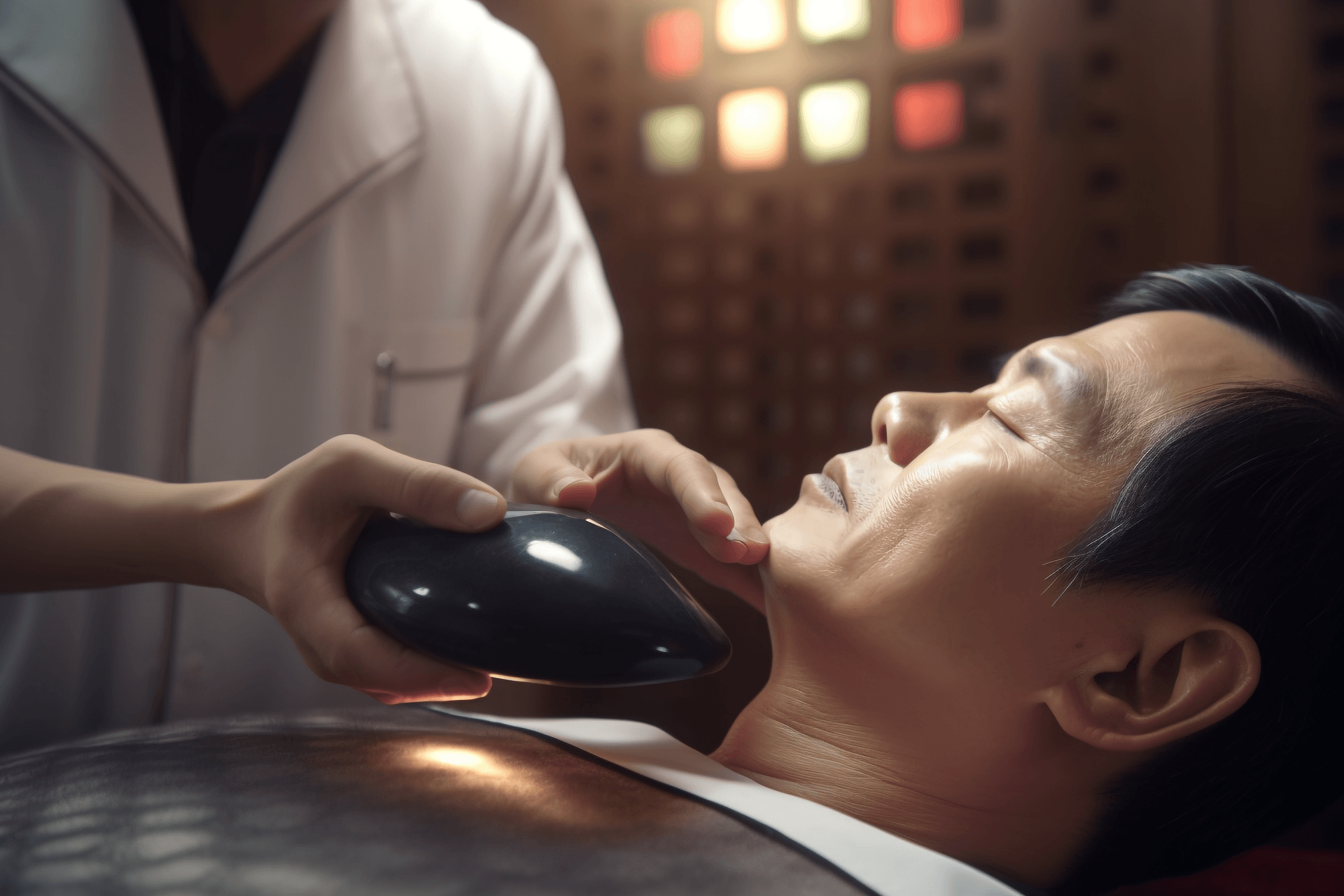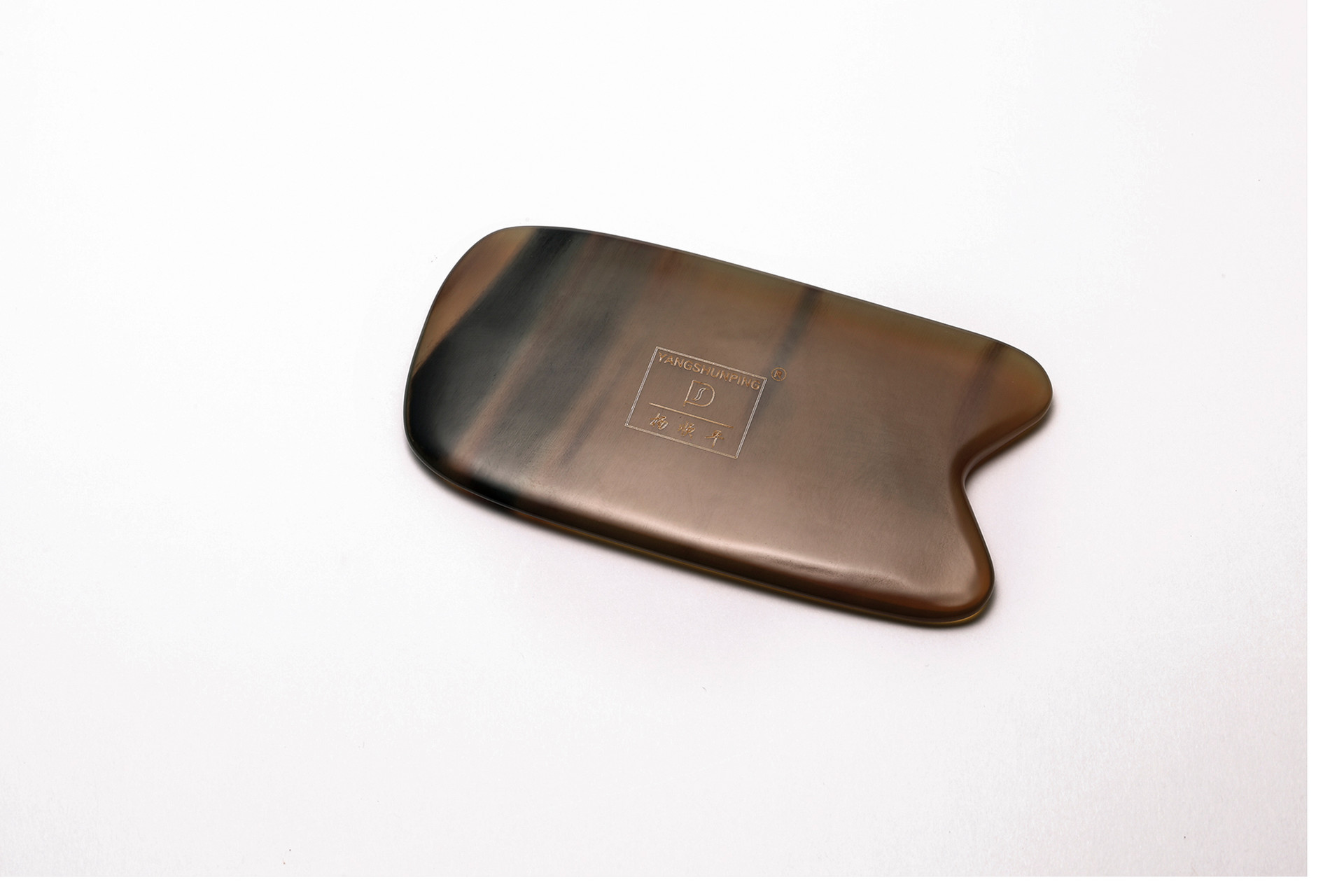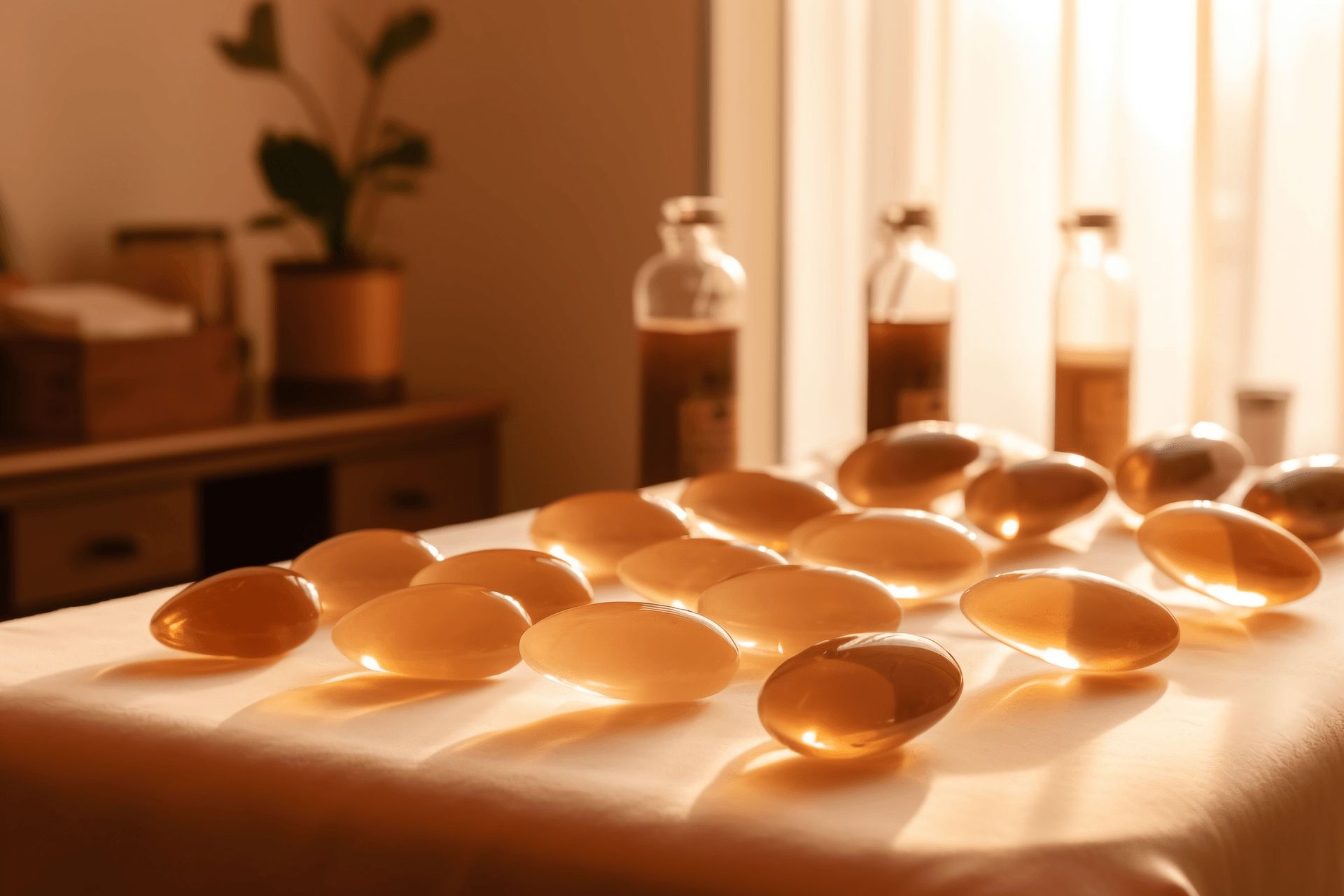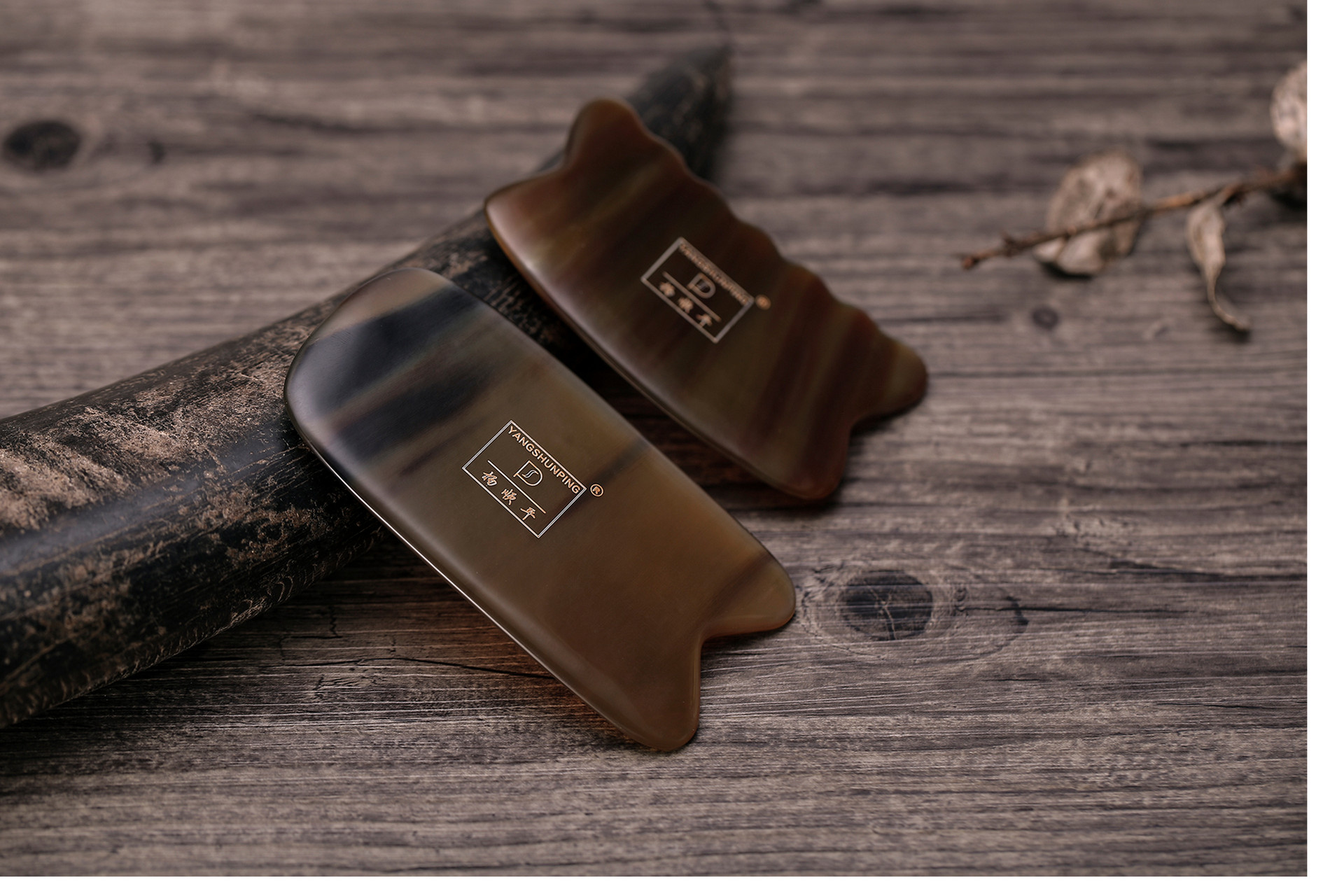Guasha is a common method in traditional Chinese medicine, and now many beauty salons offer this service. Guasha has many benefits, mainly by scraping out the cold air in the body. It is very simple to operate, and many people do it at home. But do you really know how to do Guasha? Is your order of scraping correct? Let's take a look at the methods of Guasha below.
Do you know how to do Guasha? Is it really as simple as we think? Can you just scrape from anywhere? I think maybe not.
Many people probably know Guasha, but before Guasha, there is a necessary action, which is the core of Guasha. This key point is a phrase that many ordinary people do not know or have never heard of, "Open the Sha Gate, release a thousand catties (a Chinese unit of weight)!" Does it sound mysterious?
The so-called "opening the Sha Gate" refers to the Da Zhui point, where the Governing Vessel and many Yang meridians converge.
The Da Zhui point refers to the substance inside the acupoint being solid rather than empty. The name Da Zhui means that the Yang heat of the three Yang meridians of the hands and feet converges here and rises up to the head and neck along the Governing Vessel. The substance in this acupoint includes the sufficient Yang Qi transmitted by the Governing Vessel, as well as the Yang Qi that spreads externally on the back surface of the three Yang meridians of the hands and feet. The Yang Qi inside the acupoint is abundant and solid like a vertebra, hence the name Da Zhui.
"Releasing a thousand catties" refers to the Jian Jing point, where the Yang meridians of the Gallbladder and Yang Wei converge.
In short, the key point of Guasha is to clear the Yang meridians of excess heat. Da Zhui is the gate for various ailments, and Jian Jing is a lock. If these two major checkpoints are not opened, it can easily hinder the elimination of Sha. Therefore, before Guasha, it is beneficial to first scrape these two acupoints to facilitate the expulsion of Sha.
This is also why some people feel relieved after Guasha but still feel dependent on it. It is because they only scrape the areas that have a feeling or accumulation, but the important overall Yang meridians are not unobstructed, and the two major checkpoints are still blocked!
As for why these two acupoints are chosen instead of other acupoints on the Governing Vessel and Yang Wei, "Qi Jing Ba Mai Kao" (a classical text on the eight extraordinary meridians) specifically points out that the Yang Wei meridian starts from the meeting point of all Yang meridians, which is the Jin Men point below the outer ankle of the foot Tai Yang Bladder meridian. It then runs from the Jin Men point to the Yang Jiao point seven inches above the outer ankle of the foot Shaoyang Gallbladder meridian. It also meets with the hand Tai Yang Small Intestine meridian, foot Tai Yang Bladder meridian, and Yang Qiao meridian at the Jian Yu point above the scapula on the back of the shoulder. It also meets with the hand Shaoyang San Jiao meridian, foot Shaoyang Gallbladder meridian at the Que Pen point above the midline of the back, and at the Tian point between the eyebrows. It then runs above the head from the Yang Bai point and enters the scalp at the Ben Shen and Lin Qi points. It descends from the Lin Qi point to the Feng Chi point at the outer end of the large tendon behind the ear, and meets with the Governing Vessel at the Feng Fu and Ya Men points. These acupoints are all selected from the Governing Vessel and Yang Wei meridian, which are the converging points of Yang meridians. Da Zhui means that the substance inside the acupoint is solid rather than empty.
The Jian Jing point is the meeting point of the Yang Wei meridian and the Shaoyang San Jiao meridian. The Qi and blood in this acupoint are the water of the lower part of the meridian, and the main concentration of Qi and blood is in the superficial part. The Qi and blood of the upper part are therefore in a state of emptiness. The Qi and blood of the Yang Wei meridian and the heat-absorbing Qi and blood of the Tian Liao point of the hand Shaoyang meridian therefore converge in this acupoint, making it the meeting point of the Yang Wei meridian and the Shaoyang San Jiao meridian. The body can be seen as a well, and the Jian Jing point is equivalent to the wellhead. To keep the wellhead unobstructed, the meridians must be unobstructed.
Therefore, it is necessary to stimulate and "clean" this acupoint regularly to keep the wellhead clean. The hand Shaoyang meridian, foot Shaoyang meridian, foot Yangming meridian and Yang Wei meridian are all related to the location of the Jian Jing point.
The Benefits of Guasha on the Back
Our back has many acupoints, and the cervical spine is also in the back. If you do Guasha on the back, the benefits will be unexpected. Why do I say that? Let's take a look at the benefits of Guasha on the back.
1. Promotes Blood Circulation and Reduces Stagnation
Guasha can regulate the contraction and relaxation of muscles, adjust the pressure between tissues, and promote blood circulation around the scraped area. This increases tissue flow, thus playing a role in "activating blood and resolving stasis" and "dispelling stasis and generating new blood".
2. Prevents Diseases and Promotes Health
Guasha therapy on the back has good effects on painful diseases, cold and fever, sub-health conditions, preventing diseases and promoting health, and mild dysfunction of the organs and viscera.








